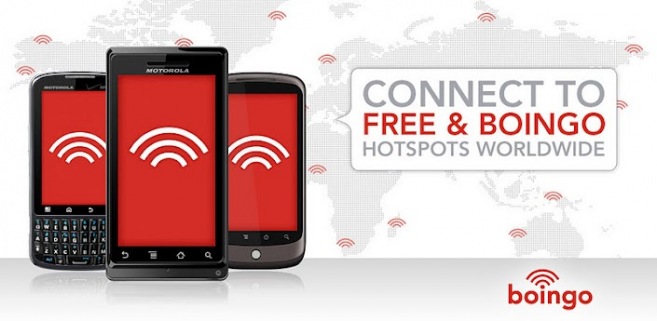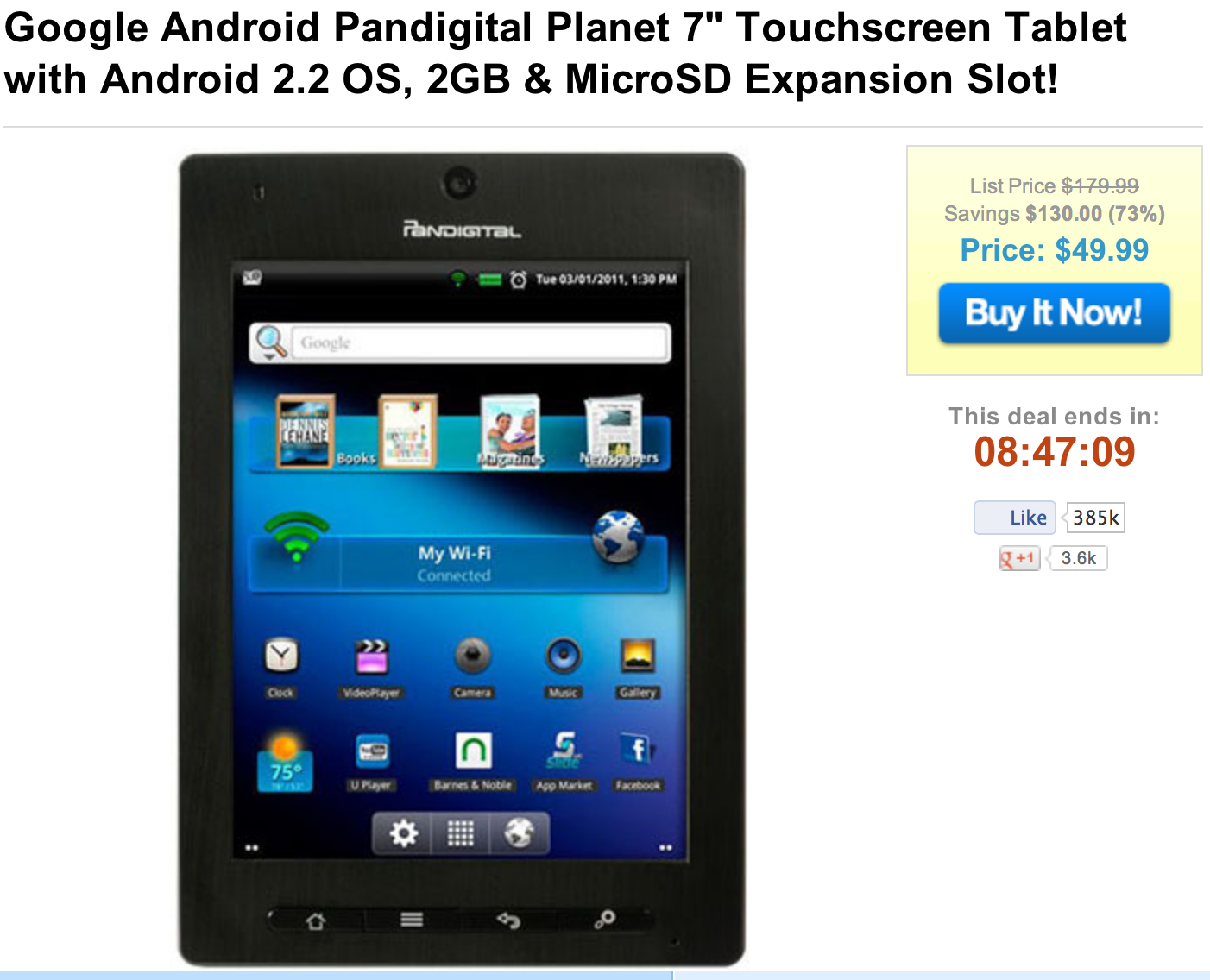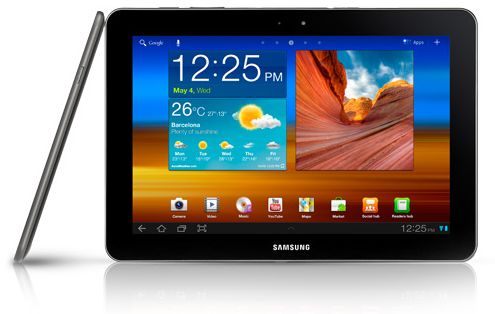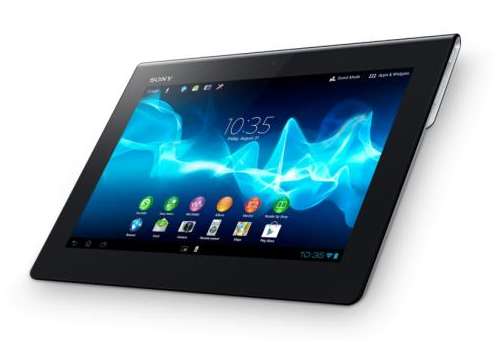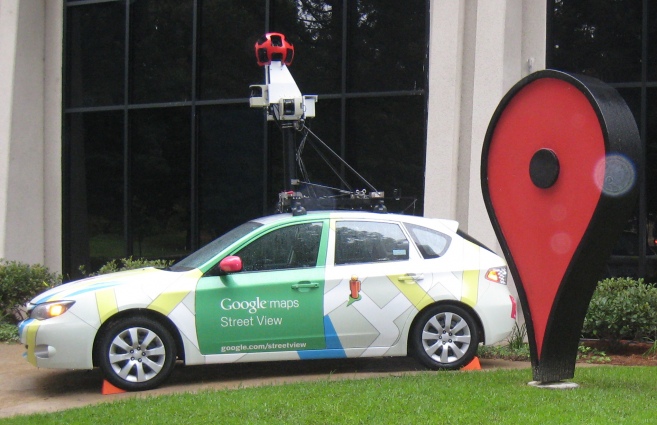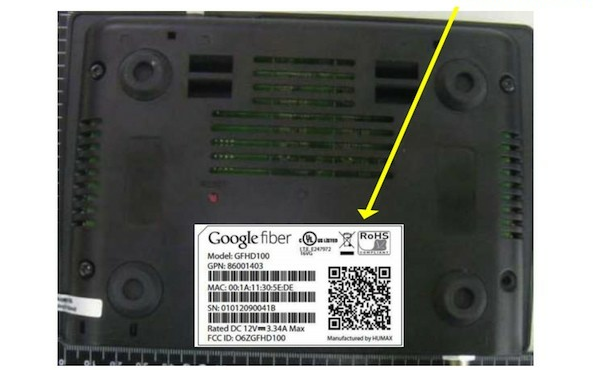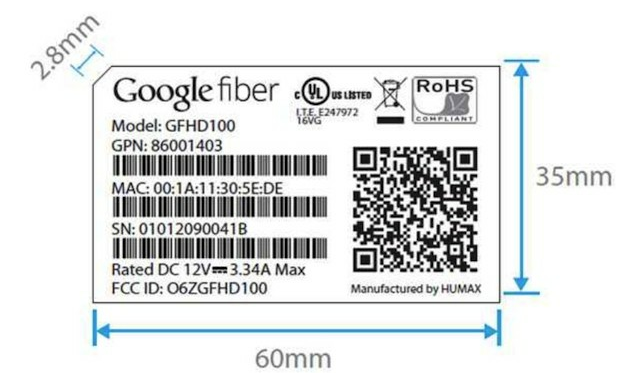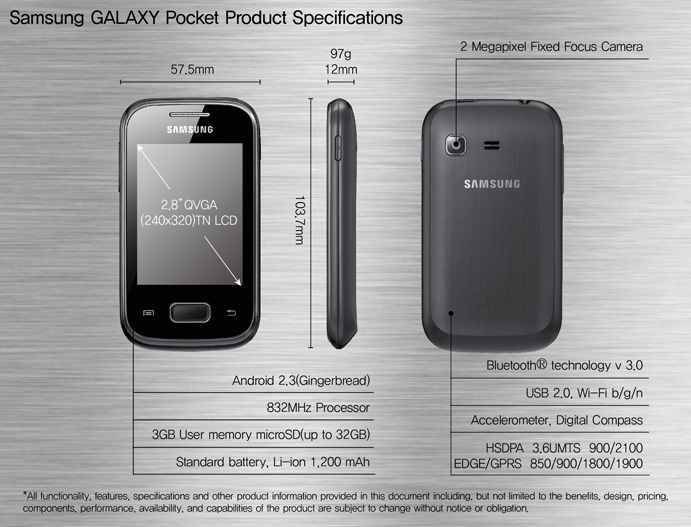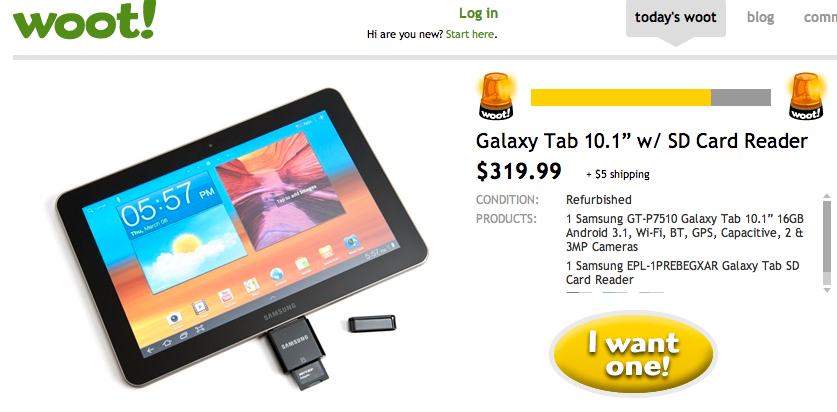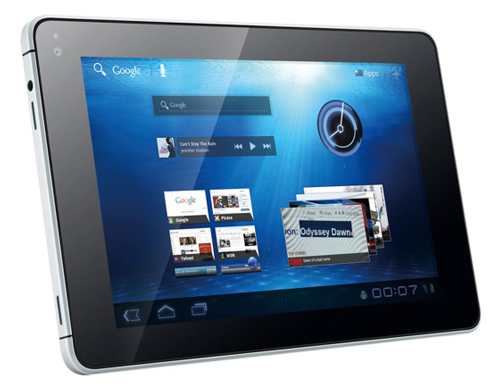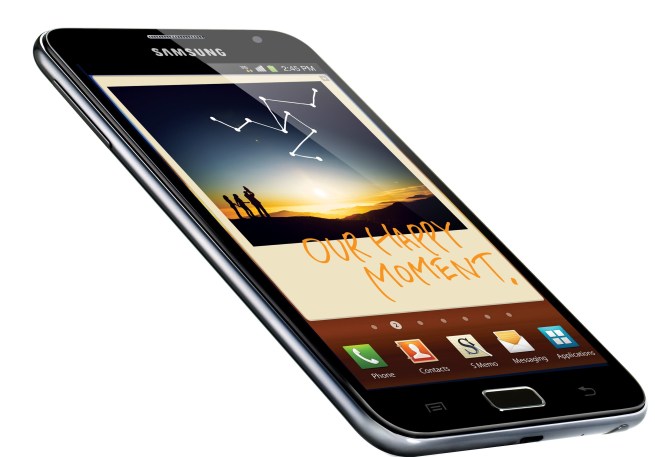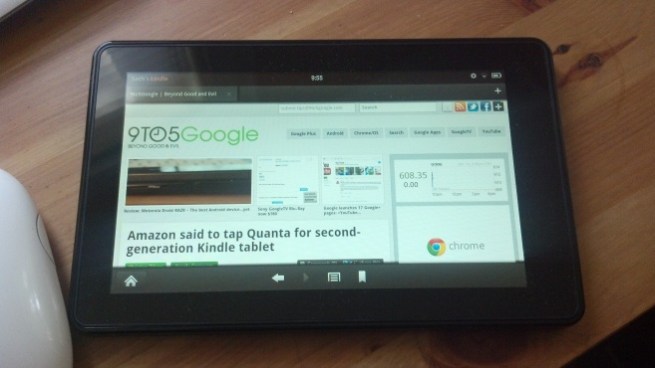Google Offers and Boingo to expand free Wi-Fi to 24 more locations, malls and airports

We reported in June that Google Offers is sponsoring free Wi-Fi in New York City until September, and now the discounted service will extend to more nationwide locations.
The sponsorship is possible through an agreement with Boingo Wireless. New Yorkers and tourists currently access free Internet at six subway stations and over 200 Boingo hotzones in the borough of Manhattan due to the partnership. The free Wi-Fi coverage, which even reaches below street level, will end Sept. 7. However, another 24 locations across the country will soon have access to the wide-reaching, complimentary service.
Starting today, the sponsored Wi-Fi will cover eight malls and 16 airports throughout New York, Chicago, Houston, Los Angeles, Washington, D.C., Seattle, and other major cities. Google Offers, which is an infant deal-of-the-day website piping localized savings to huge geographic markets in the U.S., is the first sponsor of Boingo Wi-Fi in New York subway stations.
The full press release is below (via BusinessWire):
